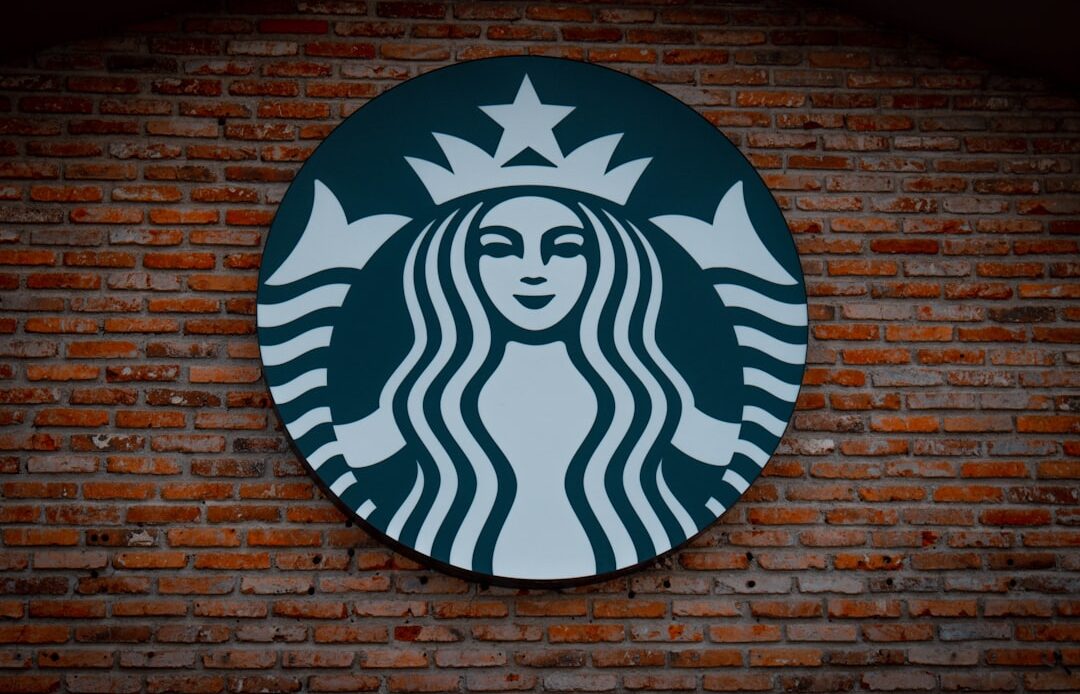
Brand equity refers to the value that a brand adds to a product or service, stemming from the perception and experiences that consumers associate with it. This value can manifest in various ways, including customer loyalty, perceived quality, and brand awareness. A strong brand equity means that consumers are more likely to choose a particular brand over its competitors, even if the price is higher or the product features are similar.
This phenomenon occurs because consumers often develop emotional connections with brands, which can significantly influence their purchasing decisions. The importance of brand equity cannot be overstated; it serves as a critical asset for businesses. Companies with high brand equity can command premium pricing, enjoy greater market share, and experience reduced marketing costs due to established consumer trust.
For instance, brands like Apple and Coca-Cola have cultivated such strong brand equity that their products are often seen as superior, allowing them to maintain a loyal customer base and achieve sustained profitability. In an increasingly competitive marketplace, understanding and managing brand equity is essential for long-term success.
The Components of Brand Equity: What Makes Up a Strong Brand
Brand equity is composed of several key components that collectively contribute to a brand’s overall strength. One of the most significant elements is brand awareness, which refers to how familiar consumers are with a brand and its offerings. High brand awareness can lead to increased sales, as consumers are more likely to choose a brand they recognize over an unfamiliar one.
For example, when consumers think of soft drinks, brands like Coca-Cola and Pepsi immediately come to mind due to their extensive marketing efforts and historical presence in the market. Another critical component is perceived quality, which encompasses consumers’ perceptions of a brand’s products or services in terms of reliability, durability, and overall excellence. Brands that consistently deliver high-quality products tend to build stronger equity over time.
For instance, luxury brands such as Rolex and Louis Vuitton have established themselves as symbols of quality and prestige, allowing them to maintain high prices and strong customer loyalty. Additionally, brand associations—attributes or qualities that consumers link to a brand—play a vital role in shaping perceptions. These associations can be influenced by marketing campaigns, celebrity endorsements, or even social responsibility initiatives.
Building Brand Equity Through Consistent Branding and Messaging

Consistency in branding and messaging is paramount for building strong brand equity. When a brand presents a unified image across all platforms—be it through visual elements like logos and color schemes or through messaging tone and style—it fosters recognition and trust among consumers. For example, Nike’s “Just Do It” slogan is not only memorable but also encapsulates the brand’s ethos of motivation and empowerment.
This consistency helps reinforce the brand’s identity in the minds of consumers, making it easier for them to recall and choose Nike over competitors. Moreover, consistent messaging across various channels enhances the overall customer experience. When consumers encounter a cohesive narrative about a brand—whether through social media, advertisements, or in-store experiences—they are more likely to develop positive associations with it.
This approach can also mitigate confusion; when brands send mixed signals or change their messaging frequently, they risk alienating their audience. A prime example is Starbucks, which has maintained a consistent focus on quality coffee and customer experience while adapting its messaging to reflect changing consumer values, such as sustainability and community engagement.
Leveraging Brand Equity to Drive Customer Loyalty and Advocacy
Once a brand has established strong equity, it can leverage this asset to foster customer loyalty and advocacy. Loyal customers are not only more likely to make repeat purchases but also act as brand advocates, promoting the brand through word-of-mouth recommendations. This organic promotion is invaluable; studies show that consumers trust recommendations from friends and family more than any form of advertising.
Brands like Amazon have successfully harnessed this power by creating exceptional customer experiences that encourage loyalty. Their Prime membership program offers exclusive benefits that keep customers engaged and satisfied. Additionally, brands can cultivate advocacy by actively engaging with their customers through social media and other platforms.
By responding to feedback, addressing concerns, and celebrating customer achievements, brands can create a sense of community around their products or services. For instance, GoPro has built a loyal following by encouraging users to share their adventure videos using GoPro cameras. This not only showcases the product’s capabilities but also fosters a sense of belonging among users who identify with the brand’s adventurous spirit.
Protecting and Maintaining Brand Equity: Strategies for Brand Management
Protecting and maintaining brand equity requires ongoing effort and strategic management. One effective strategy is to monitor consumer perceptions continuously through market research and feedback mechanisms. By understanding how customers view the brand and identifying any potential issues early on, companies can take proactive measures to address concerns before they escalate into larger problems.
For example, if a company receives negative feedback about a product’s quality, it can implement improvements or communicate transparently with customers about corrective actions taken. Another essential aspect of brand management is crisis management. In today’s digital age, negative information can spread rapidly through social media and online reviews.
Brands must be prepared to respond swiftly and effectively to any crises that may threaten their reputation. A notable example is how Johnson & Johnson handled the Tylenol crisis in the 1980s when several people died after consuming tampered products. The company acted quickly by recalling millions of bottles and implementing tamper-proof packaging, ultimately restoring consumer trust in the brand.
Measuring Brand Equity: Metrics and Tools for Assessing Brand Strength

Measuring brand equity involves utilizing various metrics and tools that provide insights into a brand’s performance in the marketplace. One common approach is conducting surveys that assess consumer awareness, perception, and loyalty toward the brand. These surveys can include questions about how likely consumers are to recommend the brand to others or how they perceive its quality compared to competitors.
Another valuable tool for measuring brand equity is analyzing financial metrics such as price premium and market share. A strong brand often commands higher prices than its competitors due to perceived value; thus, tracking price elasticity can provide insights into how much consumers are willing to pay for a particular brand. Additionally, examining market share trends over time can indicate whether a brand is gaining or losing ground relative to its competitors.
The Role of Brand Equity in Driving Business Growth and Success
Brand equity plays a pivotal role in driving business growth and success by influencing consumer behavior and shaping market dynamics. Companies with strong brand equity often enjoy competitive advantages that allow them to expand into new markets or introduce new products with greater ease. For instance, when Apple launched the iPhone, its established brand equity enabled it to capture significant market share quickly despite entering an already crowded smartphone market.
Furthermore, strong brand equity can lead to increased customer lifetime value (CLV). Loyal customers tend to spend more over time and are less sensitive to price changes, contributing positively to a company’s bottom line. Brands like Amazon have capitalized on this by creating ecosystems that encourage repeat purchases across various product categories, thereby enhancing overall profitability.
Case Studies: Examples of Companies Successfully Building and Leveraging Brand Equity
Several companies exemplify successful strategies for building and leveraging brand equity in their respective industries. One notable case is Coca-Cola, which has maintained its position as one of the world’s most recognizable brands through consistent branding efforts and innovative marketing campaigns. The company’s iconic red-and-white logo, along with memorable advertisements like the “Share a Coke” campaign, has reinforced its identity while fostering emotional connections with consumers.
Another compelling example is Tesla, which has built significant brand equity in the automotive industry despite being relatively new compared to traditional automakers. Tesla’s commitment to innovation, sustainability, and cutting-edge technology has resonated with environmentally conscious consumers. The company’s ability to create a strong community around its products—through events like “Tesla Takeover” gatherings—has further solidified its position as a leader in electric vehicles.
In conclusion, these case studies illustrate how effective branding strategies can lead to substantial brand equity that drives customer loyalty and business success across various sectors. By understanding the components of brand equity and implementing consistent branding practices, companies can navigate competitive landscapes while fostering lasting relationships with their customers.
